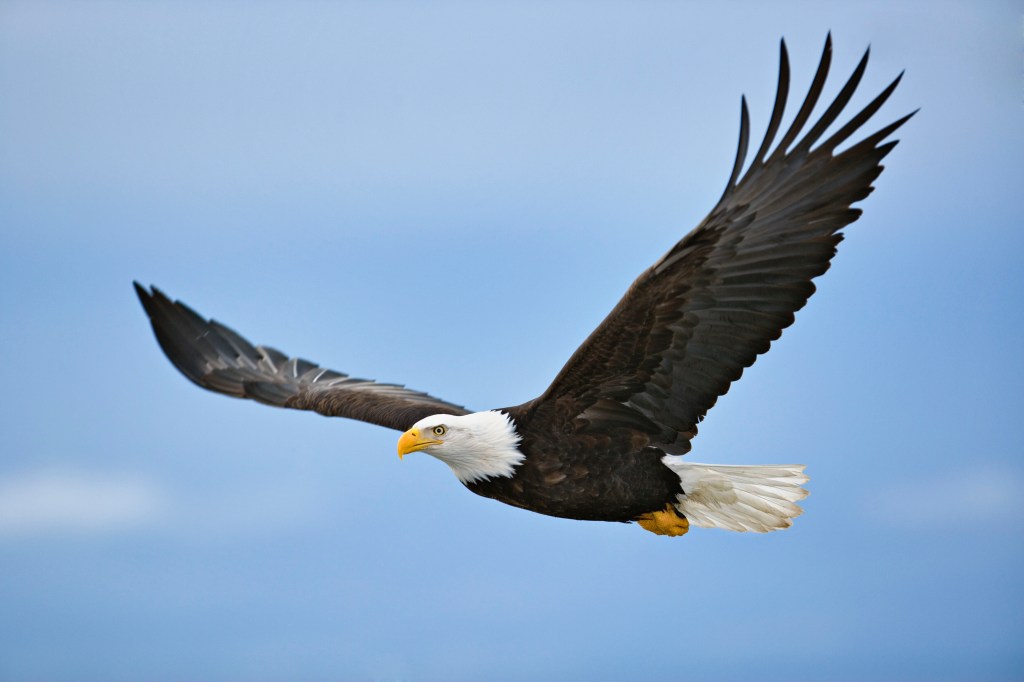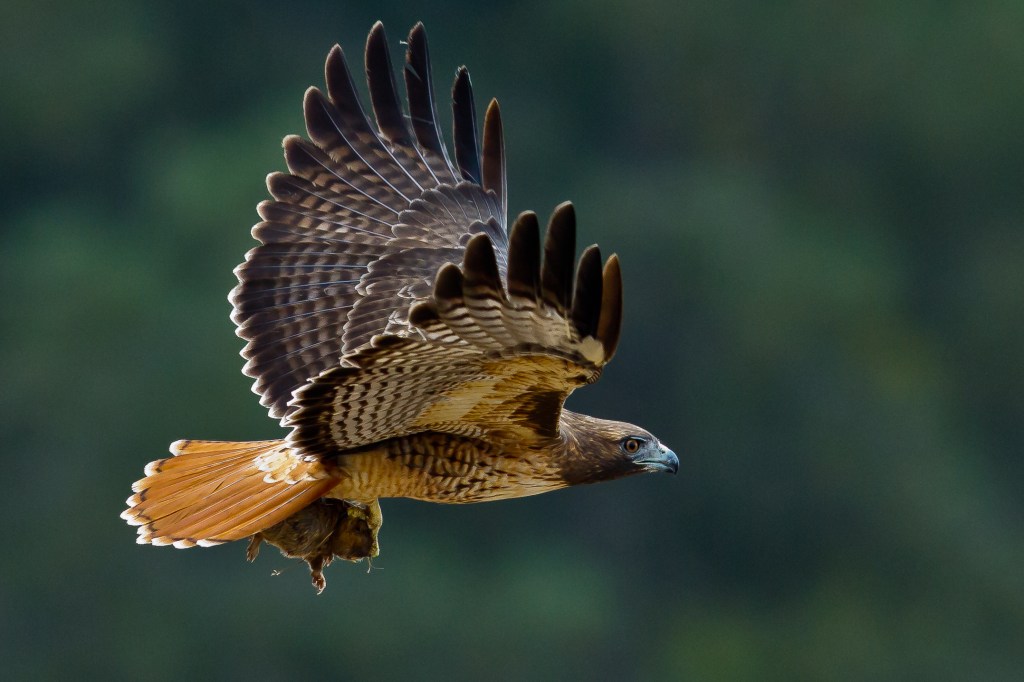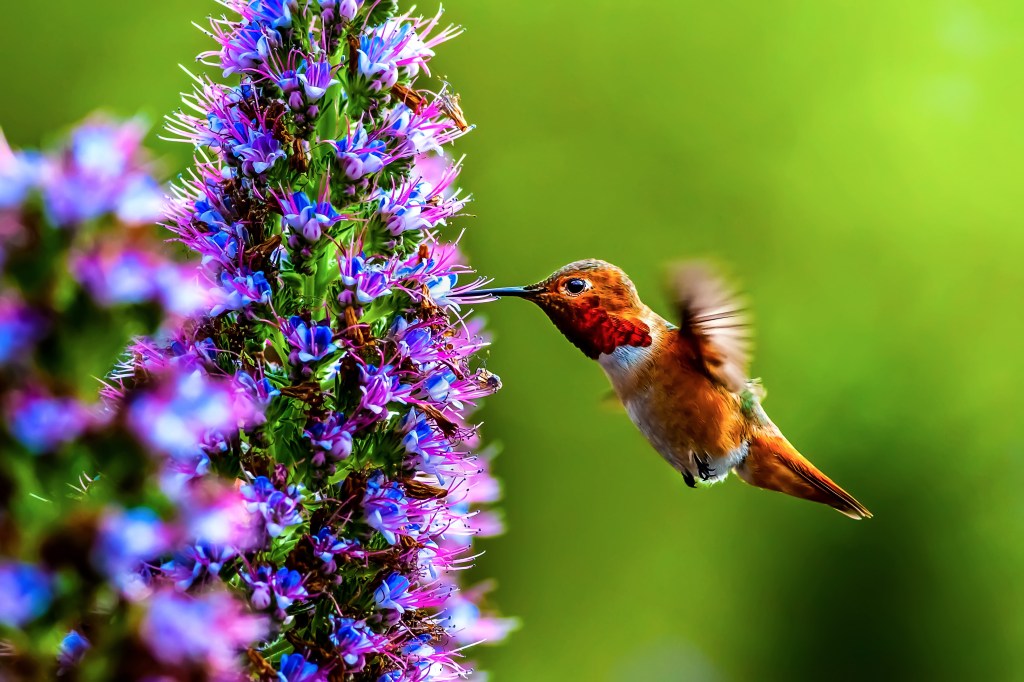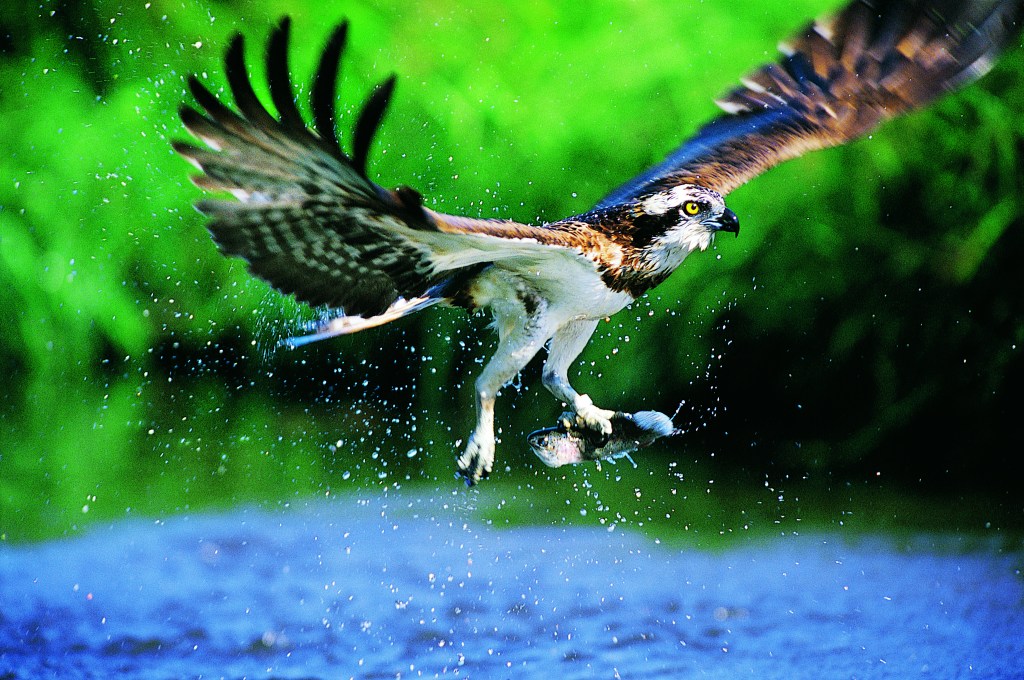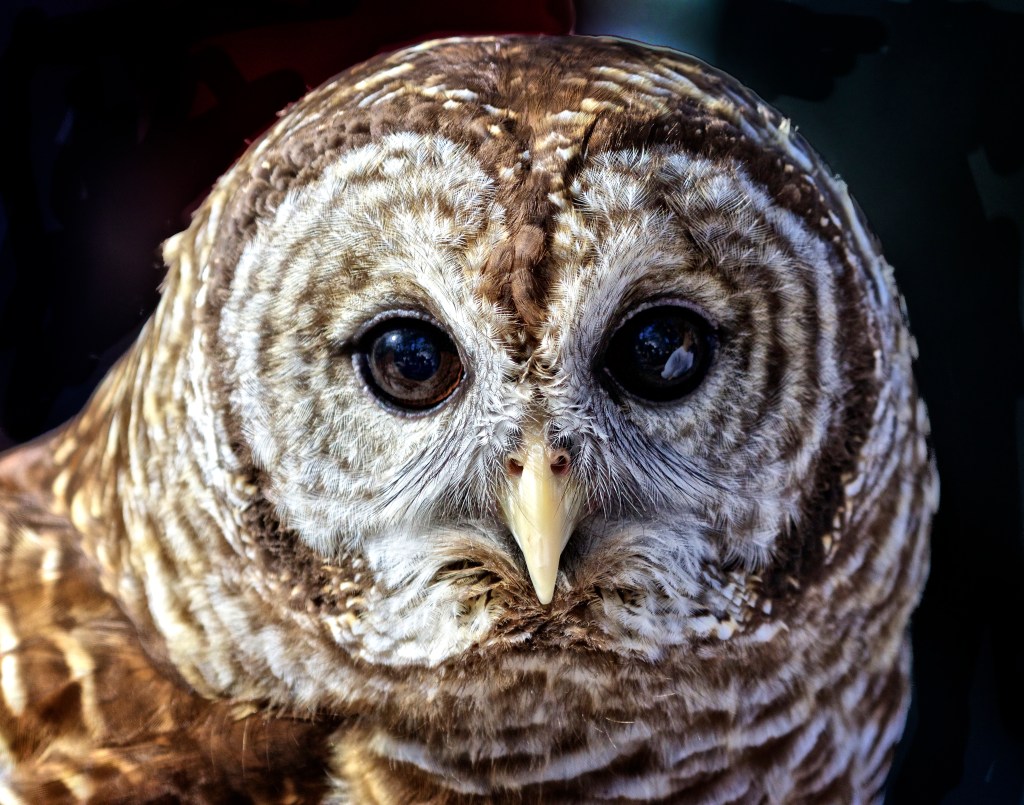Family
5 Bird Cams That Are Better Than Netflix
What is so addicting about bird cams — especially during nesting season? Watching fuzzy baby birds as they learn how to eat, use their wings, and begin to navigate the world feels miraculous. It’s so fascinating, that right now millions of people around the world are watching as a whole new brood of youngins grow up.
Once you start, we guarantee you’ll want to check in and see how much the birdies develop from week to week (or day to day!). While there are hundreds of bird and feeder cams around the world, we’ve rounded up the tops ones to tune into over the next few weeks.

